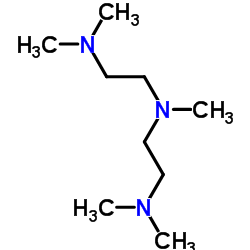| Structure | Name/CAS No. | Articles |
|---|---|---|
 |
Cupric chloride
CAS:7447-39-4 |
|
 |
3-Aminopropyltriethoxysilane
CAS:919-30-2 |
|
 |
Sodium polymethacrylate
CAS:54193-36-1 |
|
 |
Sodium methacrylate
CAS:5536-61-8 |
|
 |
pentamethyldiethylenetriamine
CAS:3030-47-5 |